Beginner’s Guide to Woodworking: How to Craft Art from Wood
It’s Never About the Wood or the Woodworking. It’s the Smiles and the Pride.
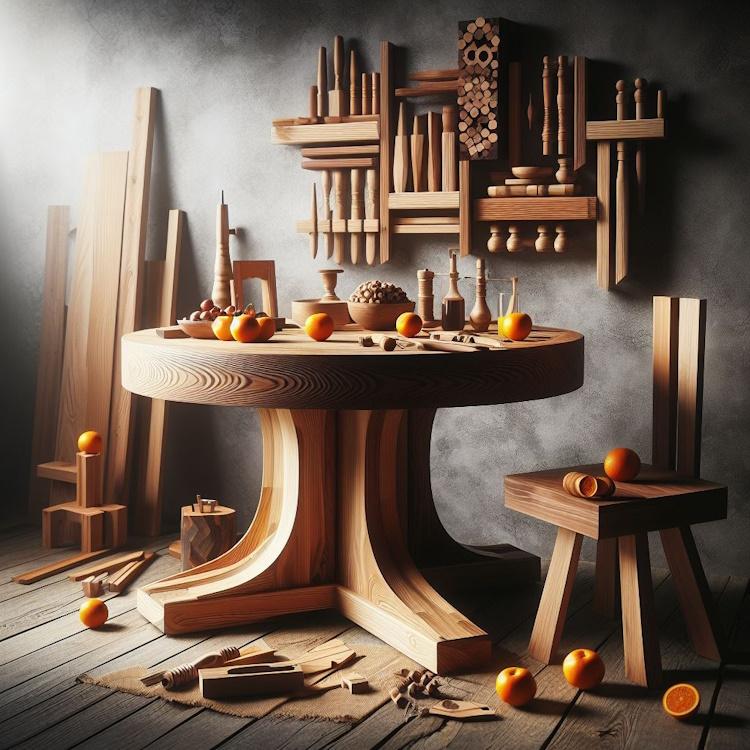
Exquisite Wooden Artwork – Perfect for Your Beginner’s Guide to Woodworking Journey.
Have you ever admired wooden furniture, a carving, or a sculpture and wondered how it was made? Do you want to learn how to create beautiful and functional wood objects? If so, you are not alone. Woodworking is one of the oldest and most rewarding crafts in the world. It combines creativity, skill, and practicality, and it can be enjoyed by anyone with a passion for making things.
In this beginner’s guide to woodworking, you will discover everything you need to know to start your woodworking journey. You will learn about the benefits of woodworking, the tools and materials you need, the techniques and skills you can master, and the projects you can try. You will also find tips and tricks for planning, finishing, and improving your woodworking projects.
By the end of this guide, you will have a solid foundation of woodworking knowledge and experience. You will be able to craft art from wood that you can use, gift, or sell. You will also have a lot of fun and satisfaction along the way. So, what are you waiting for? Let’s get started!
Woodworking Benefits: Creativity, Problem-Solving, and Stress Relief
Woodworking is personally rewarding and has become a lucrative side hustle for many carpenters. An important reason why woodworking has remained so popular for centuries is because of wood’s beauty, versatility, and durability. Wood can be used to make a wide variety of items, from furniture to toys to boats. Wood can be shaped into any desired form by hand or with power tools.
As a hobby, woodworking involves basic tools and materials and different types of joints. The basic tools include saws, planers, hammers, chisels, Allen wrenches, screwdrivers, files, saw blades, sandpaper, glue guns, and safety glasses.
Woodworking isn’t just about making things
Woodworking is an outlet for creativity and artistic expression. Woodworking can help develop problem-solving skills, and wood crafts help to relieve stress. Woodworking is a fun activity that allows you to create something unique with your hands. It can be a relaxing and rewarding experience. You can create beautiful items with woodworking that you can use or give as generational gifts.
Understand the basics of woodworking
Beginners should know the basic safety rules and precautions to take while woodworking. Understanding the different wood types and matching the right tools for a project is vital.
It will help if you familiarize yourself with different techniques used when working with wood. This will help you develop a plan for your project before starting and ensure that your woodworking project is completed successfully.
Woodworking Tools for Beginners: What You Need to Get Started
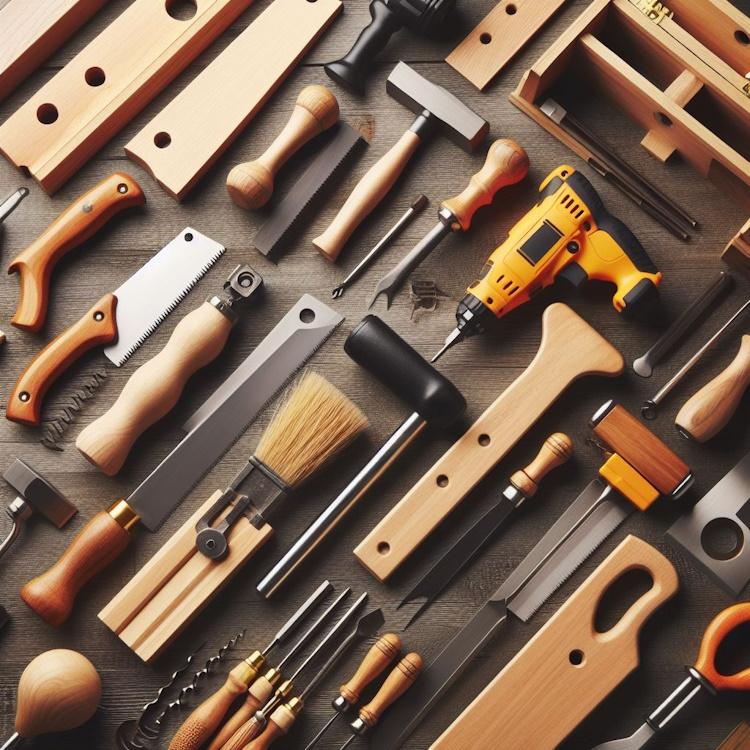
Must-Have Woodworking Tools for Beginners – Elevate Your Woodcraft Skills.
Woodworking tools vary according to the type of woodworking project. These include saws for cutting and shaping wood in various shapes and sizes, chisels for creating detailed carvings and patterns on wood, routers for creating edges, holes, and grooves in wood, planers and sanders for smoothing out wood surfaces, wood glue for attaching pieces of wood together quickly and securely, and other tools such as tape measure, square, hammer, saw blade holder, jig saws, hand saws, power drills and sanding drums.
The different types of power saws are circular saws, table saws, jig saws, band saws, scroll saws, and miter saws. These are used for making different cuts in wood. Table saws are versatile tools for crosscuts, rip cuts, and even square or straight cuts. A Jig Saw is a tool to cut perfect circles or straight lines on wood. It is used with a jig or guide attached to the workpiece. A Band saw is a tool used to cut lumber into flat pieces of wood. It has a blade that rotates around a fixed axis called the bar. A scroll saw is a tool to cut curved lines on wood by making multiple passes over the same spot on the woodworking project.
16,000 Woodworking Plans
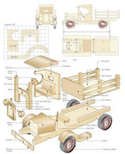 Unleash your woodworking potential with TedsWoodworking – the ultimate collection of 16,000 plans and projects! From step-by-step instructions to detailed schematics, it makes woodworking easy and fun. Join now for only $67 and enjoy exclusive bonuses. Act fast – this special launch offer ends soon!
Unleash your woodworking potential with TedsWoodworking – the ultimate collection of 16,000 plans and projects! From step-by-step instructions to detailed schematics, it makes woodworking easy and fun. Join now for only $67 and enjoy exclusive bonuses. Act fast – this special launch offer ends soon!
Advertisement
Choose the Right Tools for Your Project
Choosing the best woodworking tools for beginners involves considering factors such as the type of wood, budget, skill level, and project requirements. Different tools and materials serve unique functions, enhancing the enjoyment and efficiency of woodworking projects. For instance, cabinetry necessitates finer saws compared to garage shelving. Smaller projects typically make use of hand saws and chisels. Hand sawing wood may seem straightforward, but it can prove challenging. Woodworking employs various types of hand saws, each serving a specific purpose and offering distinct advantages. The most commonly used types include:
- Crosscut saws – These are used for making straight, precise cuts across the grain of a piece of wood.
- Rip saws – These are used for cutting with the grain and can be used to create curved or irregular shapes.
- Coping saws are small, lightweight saws that can cut intricate shapes and curves into wood.
- Dovetail saws – These are specialized saws designed for creating dovetail joints, which provide extra strength and stability to a joint between two pieces of wood.
- Keyhole saws are small, curved saws designed for cutting through tight spaces or awkward angles where other saws may not fit.
- Bow saws are large, heavy-duty saws that can make long, straight cuts in thick wood and lumber.
Chisels are used for making fine or shallow cuts, respectively. They are also essential to accurately mark and cut wood. The most common types of chisels include:
- Flat Chisel – This type of chisel has a flat blade used for chopping, cutting, and shaping wood and other materials.
- Mortise Chisel – This type of chisel has a rectangular or square cross-section. It is used to cut mortises (recesses) into wood.
- Scratch Chisel – This type of chisel has a pointed tip and is used for creating fine details in wood and other materials.
- Corner Chisel – This type of chisel has a curved blade and is used for cutting grooves, slots, and corners in wood or masonry.
- Skew Chisel – This chisel has an angled blade for carving or shaping wood or stone surfaces.
- Framing Chisel – This type of chisel has a wide blade and is primarily used for framing work, such as digging out door frames or window frames from walls or floors.
Investing in high-quality tools can help you produce better results with less effort. Professional-grade carpenter tools provide superior performance and durability, making your woodworking projects more enjoyable and rewarding. Investing in quality tools can help you avoid injury while working on your projects. It also helps save money on repairs and maintenance costs down the line.
Safety Tips for Working with Wood and Tools

Safety First: Proper Gear for Your Safe Exploration into Woodworking.
Woodworking is a rewarding hobby, but it also comes with some risks. If you want to enjoy your projects and avoid accidents, you need to follow some basic safety rules. In this section, I will share with you some of the best practices for woodworking safety and the essential gear you should have.
First, you must know how to use your tools properly. Read the manuals, watch some tutorials, and practice on some scrap wood before you start working on your actual piece. Make sure you understand how to adjust, operate, and maintain your tools. Always use the right tool for the job, and never force a tool to do something it is not designed for.
Secondly, you need to protect yourself from injuries. Woodworking involves cutting, drilling, sanding, and hammering, which can cause splinters, cuts, bruises, and even fractures. To prevent these, you should always wear gloves when handling wood, especially rough or treated wood. You should also wear goggles or safety glasses to protect your eyes from flying debris and dust. And you should wear earplugs or earmuffs to protect your hearing from loud noises.
Thirdly, you need to protect yourself from dust and noise. Wood dust can cause allergies, asthma, and even cancer. Noise can cause hearing loss, tinnitus, and stress. To reduce these risks, you should work in a well-ventilated area, preferably with a dust collection system or a fan. You should also wear a mask or a respirator to filter out the dust particles. You should limit your exposure to noise by taking breaks and using quieter tools when possible.
By following these safety tips, you can enjoy woodworking without compromising your health and safety. Remember that prevention is better than cure and that safety is always the first priority. You can find more information on woodworking safety from the University of Alabama with some guidelines to provide a framework for shop safety.
Woodworking Measurements: How to Use Precision Tools
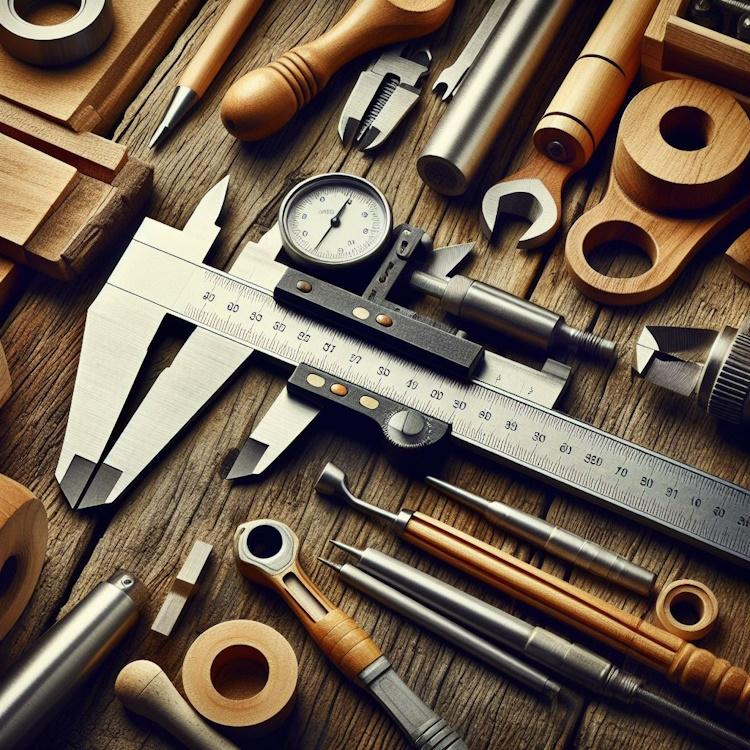
Mastering Precision: Essential Tools for Measuring in Your Woodworking Venture.
Practice measuring, marking, and cutting accurately with precision tools. This will help you become familiar with different types of wood and how they should be cut.
Common precision woodworking tools include calipers, rulers, jigs, squares, and micrometers.
- Calipers are used to measure the thickness and depth of the material.
- Rulers can be used to measure length and width.
- Jigs are specialized tools used to create complex cuts in woodwork.
- Squares are used to check angles and ensure accuracy when cutting or joining pieces together.
- Micrometers are highly precise measuring instruments that can be used to measure very small distances with great accuracy.
With these precision woodworking tools, you can achieve precise results that meet the most exacting specifications.
Learn About Different Types of Wood and Their Properties

Wood Diversity Unveiled – Choosing the Right Wood for Your Beginner’s Woodworking Guide.
There are many types of wood, each with its own unique properties and characteristics. Understanding the differences between hardwood and softwood can help you make informed decisions when crafting woodworking projects.
Hardwood is more durable and strong than softwood. It’s also a natural source, making it environmentally friendly and sustainable. The grain patterns and colors of hardwood vary depending on the region of origin, making it a popular choice for woodworking projects. Common hardwoods used in furniture making are Oak, Maple, Walnut, and Cherry.
Generally speaking, hardwoods are more expensive than softwoods. Common softwoods are Pine, Spruce, and Cedar.
To make the most informed decision, you should consider factors such as cost, availability, durability, flexibility, and other natural traits of the wood types you are considering for your project.
Woodworking Materials: How to Choose the Best Wood for Your Project
Hardwood lumber is the most popular choice for woodworking projects because it is durable and affordable. It is also easy to work with and can be used for making a wide range of projects, including furniture, hobby projects, and art. Hardwood lumber contains pores that help it to absorb and hold oil, making it ideal for woodworking projects that require longevity and a brilliant finish.
Softwood lumber is another popular option as it is lightweight and easily cut into shapes. Softwood lumber helps to prevent the wood from warping when it is being worked on and makes general woodworking easier.
Exotic lumber has unique properties, making it an appealing choice for woodworking projects. Ebony wood has a black color and fine grain that makes it ideal for making chessboards and other types of furniture. Mahogany hardwood has a reddish-brown color and a distinctive figure that makes it ideal for making musical instruments such as guitars, drums, or pianos.
The wood types best for beginner projects are pine or hardwood. These woods are the most affordable and have a uniform grain size, making them ideal for beginners. Another great option is wood lumber, which is pre-finished wood that has been cut and squared. This type of wood is easy to work with and comes in a variety of shapes and sizes, making it easier to find the right wood for any project.
Tips for Sanding, Shaping, and Carving Wood
Before embarking on any woodworking project, choosing the right type of wood for your project is essential. Different types of wood have different properties, making them suitable for different applications. When choosing a wood type, consider its intended use (e.g., how hardy it is and its strength). Choose wood that doesn’t contain lead or other harmful chemicals from manufacturing or processing.
Apart from ensuring the wood doesn’t contain harmful chemicals, be mindful of the species and age of the wood you buy. Try to avoid purchasing wood products that were recently harvested, as they may be more susceptible to exposure to harmful chemicals.
You can sand and shape wood with sandpaper, files, or chisels. Once you have finished sanding or shaping the wood, you can use power tools such as saws and routers to carve intricate designs or shapes into the wood. Always practice safe techniques when working with chisels and power tools. This will help ensure your project goes smoothly without any accidents or injuries.
When it comes to finishes and stains, there are numerous options. Selecting a finish or stain that best complements your wood’s natural appearance helps bring out its natural beauty and enhances its appeal.
Woodworking Joints: How to Create Strong and Beautiful Connections

Dovetailing, a cool woodworking technique, involves using special wedge-shaped pieces called dovetails to lock together two wooden pieces. The dovetail pins, also known as tails, snugly fit into matching slots or sockets, resulting in a super sturdy and reliable connection. That’s the secret sauce to crafting a solid dovetail joint by hand!
Mortise-and-tenon joints are another type of joinery technique in which a rectangular notch, or mortise, is cut into one piece of wood, and a tenon, or tongue, is cut from another piece of wood to fit snugly into the mortise. This type of joint is used for furniture and cabinetmaking because it provides a very strong connection that can bear significant amounts of weight.
Both dovetailing and mortise-and-tenon joints can be used to create items such as furniture, boxes, cabinets, and other wooden objects that require strong connections between their parts. With enough practice, both joinery techniques can be mastered and become essential skills for any woodworker.
Woodworking Finishes: How to Protect and Enhance Your Woodwork
There are many types of finishes for wood, each offering different benefits and looks.
- Oil-based finishes are natural-looking and water-resistant, making them ideal for exterior applications.
- Water-based finishes are non-toxic and quick to dry, making them a good choice for interior projects.
- Waxes enhance the grain and protect the wood, making them popular among consumers looking for a durable finish.
- Lacquers are long-lasting and durable, making them an excellent choice for projects that will be exposed to sunlight or harsh environments.
Each finish type has its own unique characteristics and preferences, making it easy to find the perfect finish for any project.
Woodworking Colors: How to Add Personality and Style to Your Woodwork
When choosing wood for your projects, consider its stain and paint resistance. Some woods are more durable than others, so look for those with high ratings. Also, consider the shape of the wood, as well as its grain and color.
To create unique designs and make your projects truly stand out, experiment with stains and paints to create unique looks and finishes.
Woodworking Plans: How to Design and Execute Your Woodwork
Start by choosing a woodworking project that matches your skill level. Consider your interests, available time, and budget when making this decision. You can explore this a little deeper at 6 Tips for Optimizing Your Small Woodworking Shop.
Gather the necessary tools and materials for the project. This includes wood and lumber, woodworking tools and supplies, and other items required to complete the project. Make sure to purchase the items needed for the job rather than going through a thrifty stint of purchasing only what is needed at the moment. Also, read and follow assembly and other instructions thoroughly to ensure that you do not miss any steps and that steps are completed in the correct order.
Taking time to measure, mark, and plan out your project will help you get started on a woodworking project with clarity and confidence. This will also help you avoid making costly mistakes. When working with power tools and other equipment, take safety precautions as per the instructions given in the manual.
Woodworking Tips: How to Sand, Stain, Seal, and Polish Your Woodwork
- Sanding: Use sandpaper to smooth out the wood’s surfaces. This step is important for creating a smooth finish that hides any scratches, dents, or imperfections on the wood.
- Staining: Choose a stain that matches your project’s colors and style. This step can help add depth and durability to the wood. You can even stain wood with coffee and tea.
- Sealing: Apply a sealant to protect the wood from dirt and moisture. This step can help protect the wood from fading and discoloration.
- Polishing: Give your project a glossy shine with a polishing cloth or wax buffing. This step can help remove any imperfections on the wood and create a high-gloss finish.
These finishing touches are essential for creating quality woodworking projects. They can help hide any imperfections on the wood, enhance the wood’s appearance, and bring your project to life.
Tips for using tools safely and avoiding common mistakes
Following safe practices and avoiding common mistakes is important when using tools. Always use the correct tools for the job. This will help you avoid damaging your tools. Wear safety gear such as gloves and goggles to protect your eyes and skin from debris and sharp edges when using power tools.
Take accurate measurements before making any cuts. This will help prevent unnecessary waste and errors during the build process. Also, practice techniques on scrap pieces of wood before using them with the project you’re creating. Finally, double-check your work to ensure accuracy and reduce waste. By following these tips, you can safely use woodworking tools and create beautiful projects
Different types of woodworking projects
Woodworking projects are a great way to create unique and functional items. If you’re just getting started with woodworking, there are a number of different types of simple projects you can start with.
Many start with furniture making. There are many plans for creating chairs, tables, shelves, and other pieces using readily available wood. Carpentry is another popular woodworking project. This involves using wood and lumber to construct small buildings and other structures, such as wooden frames for buildings or wooden boards for making shelters. Woodworking also includes woodturning, in which you shape wood into bowls and other items with a lathe. 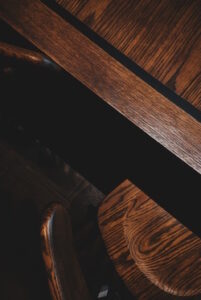
If you’re interested in making toys, you can look into crafting wooden toys for children. This involves crafting unique wooden toys, such as boats and animals, using wood. You can create these projects on your own or seek the help of a professional.
Here Are Some Beginner Project Ideas
If you are new to woodworking, you might be wondering what kind of projects you can start with. Here are some examples of beginner woodworking projects that you can try, such as a cutting board, a birdhouse, a bookshelf, or a coffee table. These projects from Lowes are easy to make, require minimal tools and materials, and can be completed in a few hours or a weekend.
Tips on how to finish a woodworking project
After crafting a woodworking project, choosing the right finish for your woodworking project is essential. When choosing the right finish, you need to consider the purpose of the woodworking project and your personal preferences, such as durability, aesthetic appeal, and cost. Some popular finishes include tung oil, varnish, and beeswax.
Properly preparing the wood surface is key to applying a good finish. This includes lightly sanding with grits ranging from 120 to 220 until you get a smooth finish. Most finish sanding is done by hand.
Another vital step in finishing a woodworking project is allowing each coat of finish to dry before applying the next one. Avoid sanding between coats to achieve a smooth final result. Overall, following the steps outlined above is essential for a satisfactory finish on your woodworking projects.
Concluding tips for crafting art from wood

Project Showcase: Embark on Your Woodworking Journey with These Inspiring Creations.
If you’re interested in crafting art from wood, follow these tips to ensure your projects turn out well.
- Choose the right wood for your project, depending on the type of art you’re trying to create. Different types of wood offer unique properties that can help you create the different elements of your artwork.
- Get familiar with different types of woodworking tools and their uses. This will help you create art with precision and accuracy.
- Also, have a plan and a clear goal in mind before starting your project. This will help you stay focused and ensure your project is completed successfully.
- Follow safety guidelines while working with wood and tools. This will help keep you safe and prevent accidents from occurring.
By following these tips, you can craft art from wood that stays vibrant and beautiful for years to come.
Woodworking FAQs: Answers to Common Questions about Woodworking
What is the difference between woodworking and carpentry?
The terms woodworking and carpentry are often used interchangeably, but they have distinct meanings. Woodworking is a broad term encompassing many activities involving working with wood, such as building furniture and creating decorative pieces. Conversely, carpentry typically refers to constructing structures or frameworks out of wood, such as frames for doors and windows or support beams for houses.
“Craft your dream workspace with free DIY workbench plans! 🛠️👷♂️ Create a custom workbench with our step-by-step guide”
While both professions involve working with wood, carpentry requires more precise measurements and calculations than woodworking. Additionally, carpenters may specialize in specific areas, such as framing or finish carpentry.
What is a professional woodworker called?
A professional woodworker is typically referred to as a carpenter, joiner, or cabinet maker. A carpenter is someone who works with wood to build and repair structures, such as houses, furniture, and other items. A joiner is someone who joins two pieces of wood together using specialized tools like saws and planes. A cabinet maker is someone who creates custom cabinets, furniture, and other wooden items. All of these professionals are highly skilled in their respective fields and are able to create beautiful pieces of art from wood.
What are the two types of woodworking?
The two main types of woodworking are carpentry and joinery. Carpentry involves cutting, shaping, and assembling pieces of wood to create structures such as furniture, houses, decks, and other objects. Joinery is a more specialized form of woodworking that focuses on constructing joints between pieces of wood. This can include creating intricate details like dovetails and mortise-and-tenon joints for furniture or cabinetry work.
Both carpentry and joinery require expertise in tools such as saws, chisels, planes, routers, and drills and knowledge of different types of wood and their properties.
Is woodworking hard to learn?
Woodworking can be a challenging craft to learn, but with the right tools, practice, and patience, it is possible to become proficient. Learning woodworking involves mastering different skills, such as proper safety techniques, using power and hand tools, and selecting the best materials for your projects. It is also important to become familiar with various types of woods and the various finishes that can be applied.
The best way to learn woodworking is to practice with basic projects and then gradually work your way up to more complex pieces. As you gain more experience and confidence in your skills, you will be able to tackle larger projects and refine your techniques. With dedication and persistence, you can become an expert woodworker over time.
Can you self-teach woodworking?
Yes, it is possible to teach yourself woodworking. The key is to start small and work your way up, as woodworking can be a complex and intricate skill. To get started, you’ll need the right tools and materials. You should also familiarize yourself with the basics of woodworking safety, such as wearing protective gear and understanding how to operate power tools safely.
Once you have the necessary supplies and knowledge, you can start practicing with simple projects such as cutting boards or birdhouses. As you become more comfortable with the techniques, you can move on to more complex projects like furniture or cabinets. With patience and practice, anyone can learn woodworking!
If you are considering a career in woodworking, you want to take a look at the U.S. Labor Department’s Occupational Outlook on Woodworkers
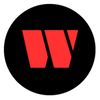
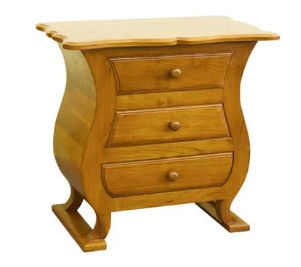
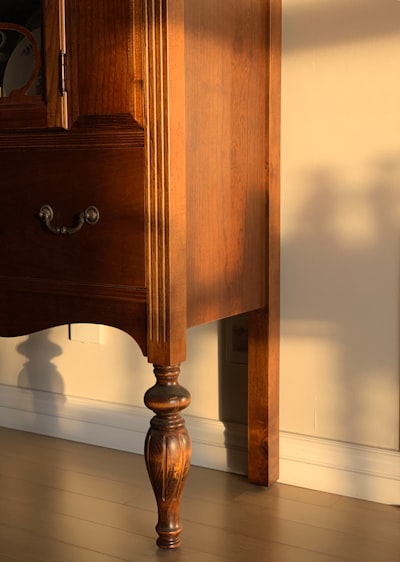
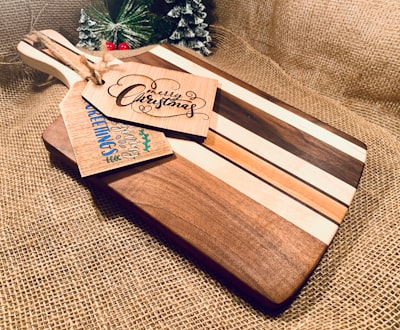

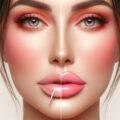
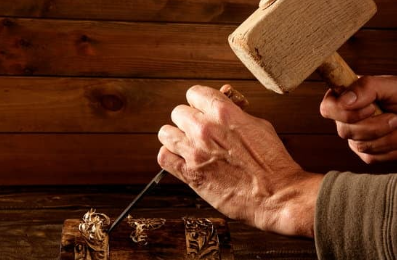
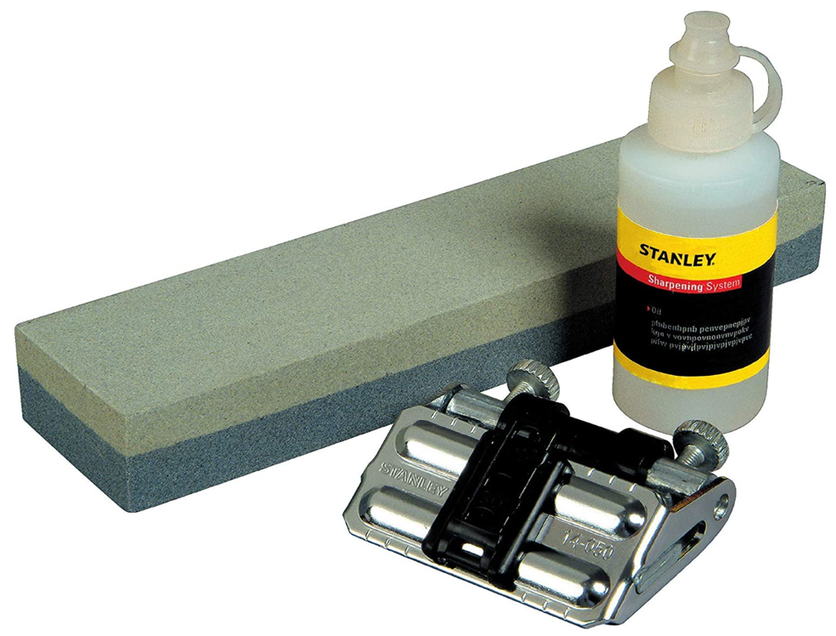

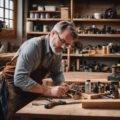
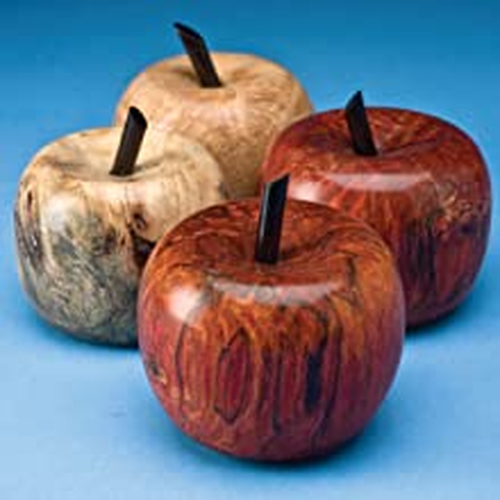
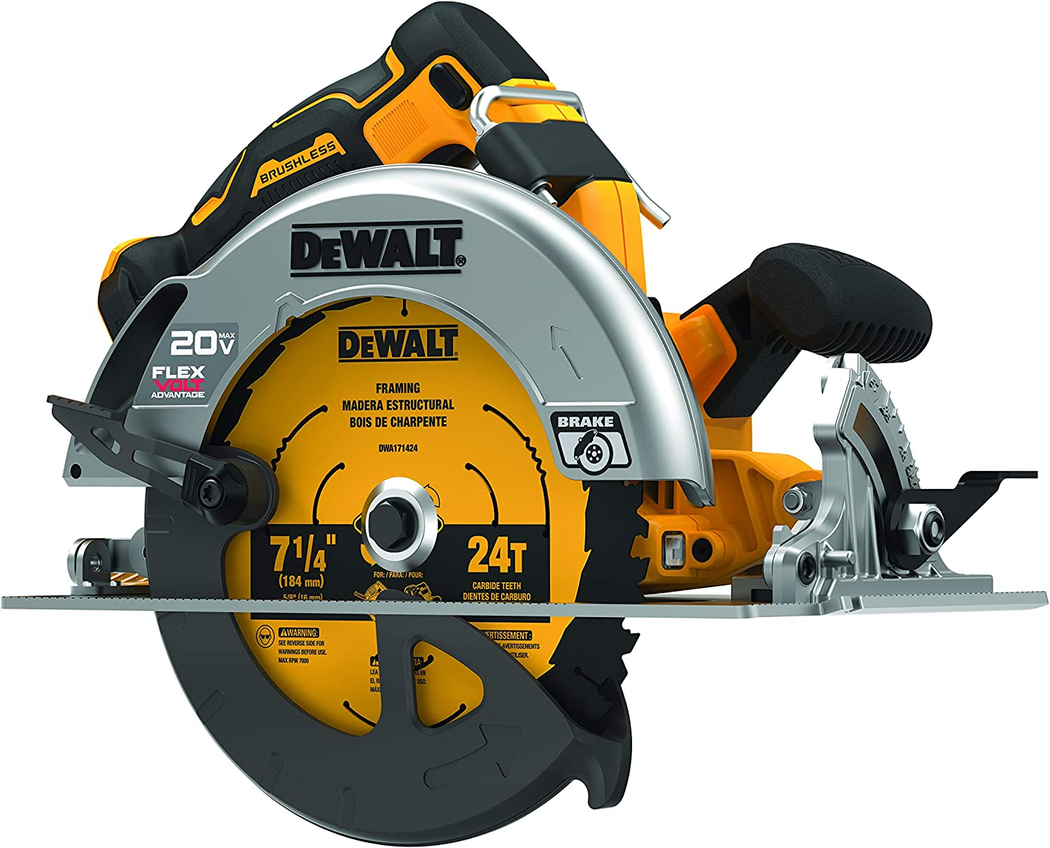
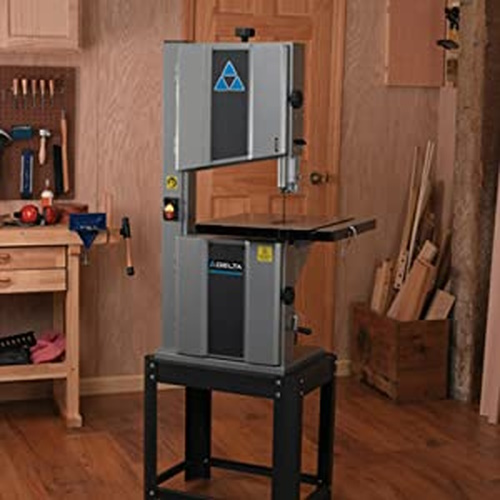



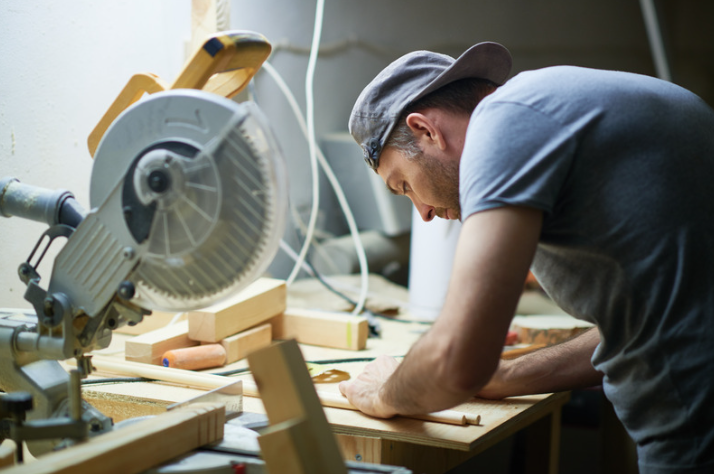

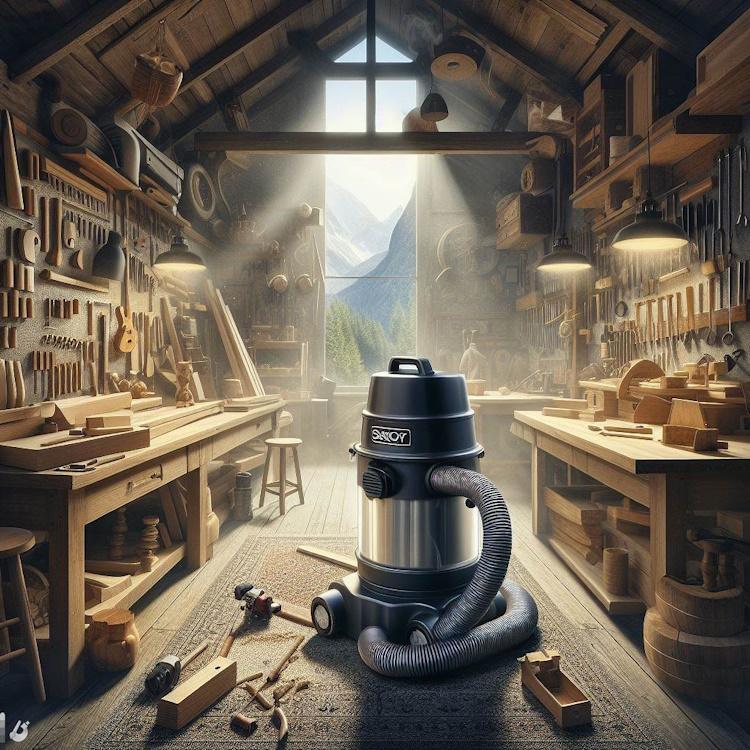

8 Comments